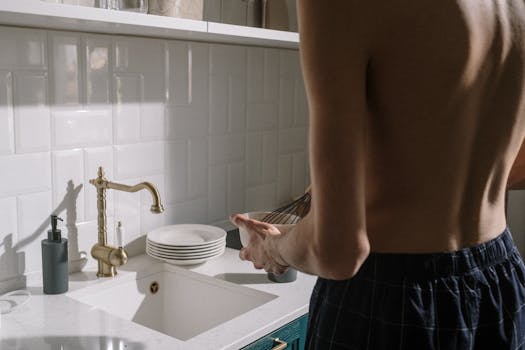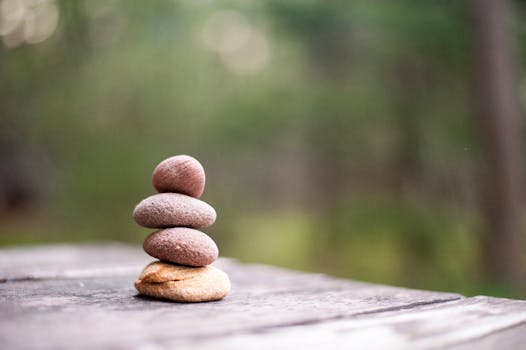
Understanding Minimalism

Minimalism is more than just a design aesthetic; it is a lifestyle choice that focuses on simplicity, intentionality, and the decluttering of physical and mental space. In today’s fast-paced world, minimalism provides a refreshing approach that prioritizes deep experiences over material possessions. Many people are overwhelmed by excess – unnecessary items, distractions, commitments, and responsibilities. The minimalist approach urges us to pause and reflect on what truly counts in our lives.
The Benefits of Minimalist Living

Adopting a minimalist lifestyle can uplift wellbeing with significant benefits:
- Less Clutter: Characterized by fewer physical items, your space will be much less cluttered, leading to a clearer mind and environment.
- Improved Mental Clarity: Focusing on fewer things enables you to devote energy to your passions and priorities, clearing mental bandwidth.
- Financial Freedom: By consuming less, you also spend less. This can lead to increased savings, reducing stress over financial instability.
- Enhanced Personal Relationships: Instead of acquiring possessions, minimalists choose to invest time in relationships, which nourishes empathy and connectivity.
How to Start Your Minimalist Journey

Embarking on a minimalist journey doesn’t require a complete life overhaul. You can start small:
- Declutter Your Space: Choose an area of your home and assess each item. If it doesn’t serve a purpose or brings you joy, consider donating or recycling it.
- Set Intentions: Write down your priorities and what you really want in your life. Align your living space and your activities with these intentions.
- Limit Digital Clutter: Unsubscribe from email lists, simplify your online accounts, and close tabs on your devices to enable focused engagement with technology.
- Practice Mindfulness: Incorporate mindfulness techniques like meditation or journaling that help you maintain focus on what’s truly essential.
Minimalism in the Home

Your living environment greatly impacts your state of mind. For a minimalist home, consider the following:
- Choose Versatile Furniture: Invest in furniture that serves multiple purposes, for example, a bench with storage or convertible sofas.
- Natural Light and Air: Use simpler curtains that let in light and maintain refreshing air, creating a peaceful atmosphere.
- Make Room for Nature: Add plants to enliven your spaces, capitalizing on simplicity with greenery that purifies the air.
Maintaining a Minimalist Lifestyle

Once you embrace a minimalist approach, it’s crucial to sustain it. Here are some strategies:
- Conduct Regular Reviews: Set time aside every few months to review your belongings, ensuring each item still serves a purpose.
- Cut Emotional Binds: Recognize items tied to anxious memories or burdens, and be ready to let them go for peace of mind.
- Make Thoughtful Purchases: Before new purchases, verify whether they align with your minimalist values to prevent clutter resurgence.





